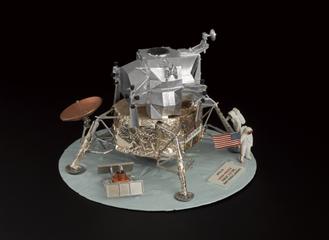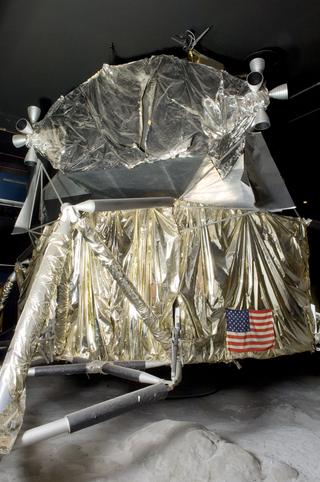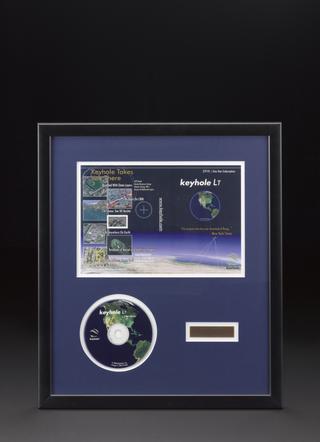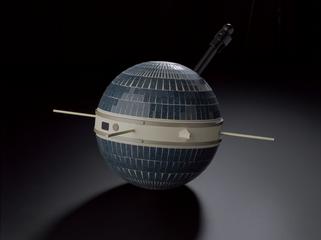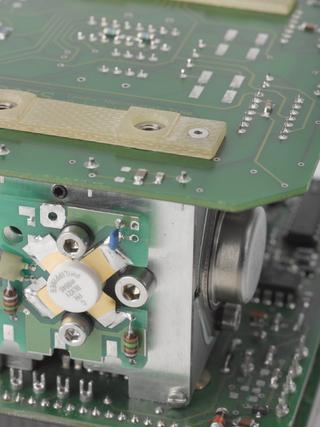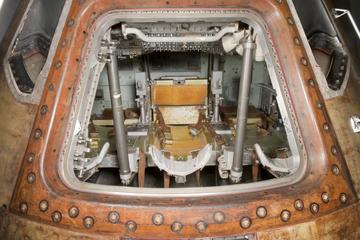
Casing from Thermal Properties Instrument (THP) as flown on Hüygens Titan lander
- Made:
- 1995-1996 in Milton Keynes
Casing from Thermal Properties Instrument (THP) as flown on Hüygens Titan lander with screws.
Titan, Saturn’s largest moon, has a dense atmosphere retained by a gravitational force only one-seventh that of Earth's. This unique atmosphere has been extensively studied using various remote observation techniques, including those conducted by the Huygens Probe.
The Huygens Probe, part of the joint NASA/ESA Cassini-Huygens mission, was designed to descend through Titan's atmosphere using a parachute system, eventually reaching the moon's surface. The probe's scientific objectives included performing detailed measurements of Titan's atmospheric physical properties, chemical composition, and dynamics, as well as characterising the surface along its descent path and near the landing site.
One key instrument aboard Huygens was the Thermal Properties Instrument (THP), part of the Surface Science Package (SSP). The THP sensor measured thermal conductivity by monitoring the heat flow between a platinum wire (enclosed in a cylinder) and the surrounding medium, which in this case was a fluid sample from Titan's atmosphere. This sensor operated on the ‘transient hot wire’ principle, recording temperature changes relative to the initial wire temperature after applying a controlled heat input over a set time interval.
Significantly, the Huygens probe provided the first in situ measurements of Titan's atmosphere during its descent on January 14, 2005.
Details
- Category:
- Space Technology
- Object Number:
- 2025-929
- Materials:
- stainless steel and plastic (unidentified)
- type:
- components
- credit:
- R. Taylerson
